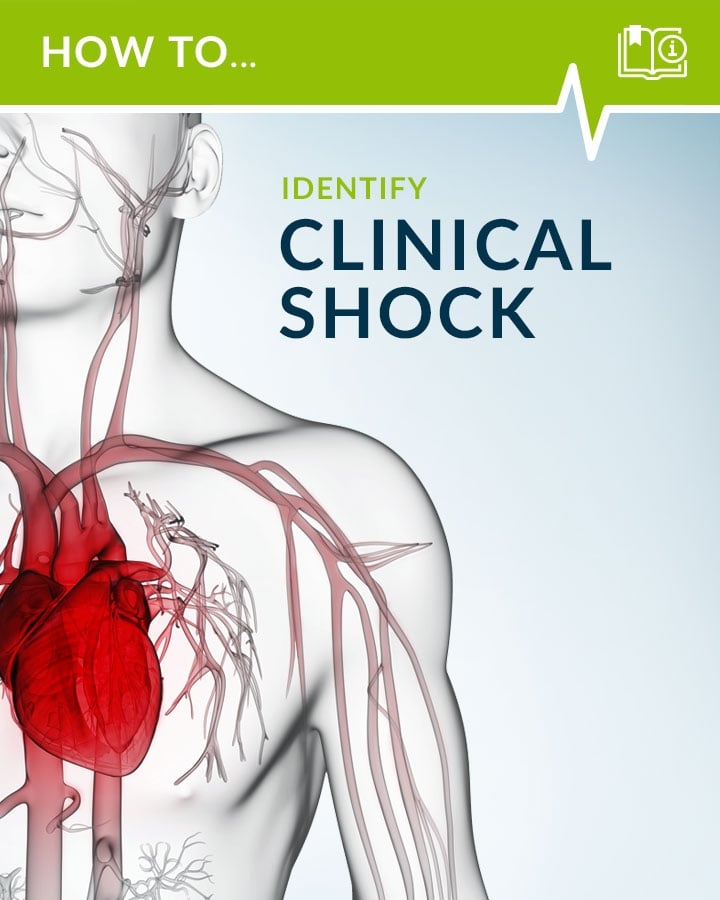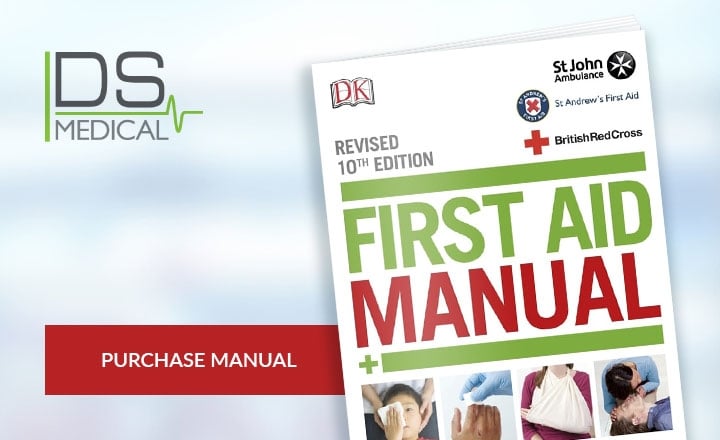Supporting Professionals Who Care
How to Identify Clinical Shock

There are many different kinds of shock that a person can experience. Almost all of us will have experienced emotional shock as a result of a fright, or even some bad news. While this ‘everyday’ type of shock is best treated with time and a sweet cup of tea, clinical shock - known medically as hypovolaemic shock - is a far more serious and potentially life-threatening condition.
What Is Clinical Shock?
Hypovolaemic shock, occurs when a person has lost too much fluid (around 15% or more) from their bodies. This loss means that there is insufficient circulatory volume (fluid) in the body and the body cells. This can impair organ function and eventually lead to cardiac arrest, where the heart stops beating.
What Causes Clinical Shock?
The most common cause of fluid loss from the body is bleeding. This is usually external, but in some cases it may be internal. Other ways in which large volumes of fluid can be lost from the body include excessive vomiting & diarrhoea, severe burns, and even excessive sweating. Anyone experiencing any of these problems, or with a recent history of them, may suffer from hypovolaemic shock.
Who Is At Risk?
We are all at risk of hypovolaemic shock if we lose enough body fluid. However, young children, babies, and the elderly are likely to suffer more quickly than adults due to physiological differences. In babies and young children, it’s important to be even more vigilant in identifying hypovolaemic shock as their body systems are excellent at outwardly managing (and therefore masking) the symptoms of shock, known medically as ‘compensating’.

HOW CAN WE IDENTIFY CLINICAL SHOCK?.

The first step is to consider the history of the patient. Are they:
- Actively, or do they have a recent history of bleeding, either externally (from a cut) or internally (from blunt trauma to the body, particularly over an organ like the liver)
- Suffering from a burn/scald
- Experiencing excessive and prolonged diarrhoea or vomiting

Secondly, we should look for key signs and symptoms including:
- Rapid pulse, which will become weak as the condition worsens
- Pale, cold, clammy skin (be aware that the temperature in the patient's environment can impact the first two)
- Sweating
- Weakness, dizziness, feeling faint
- Nausea or vomiting
- Thirst

As the emergency hypovolaemic shock worsens the patient may:
- Become restless and aggressive
- Gasp for air
- Develop cyanosis - a blue-grey tinge normally seen at the extremities and seen inside the lips (this is a late sign)
- Become unresponsive
- Stop breathing

Treatment protocols are subject to change, but some key points are:
- Treat the cause where possible, e.g., external bleeding or burns
- Lie the patient down and raise the legs, if injury permits
- Seek further medical attention, consider phoning for an ambulance
- Keep the patient warm and comfortable
- Do not move the patient around unnecessarily
- Keep monitoring the patient and be prepared to resuscitate them if needed<
Attending an approved first aid course is the best way to ensure that you're equipped with the most up-to-date treatment methods for hypovolaemic shock, and will also give you the opportunity to practice these skills in a controlled environment. We recommend a copy of the current first aid manualfor the latest guidance on treating hypovolaemic shock.


